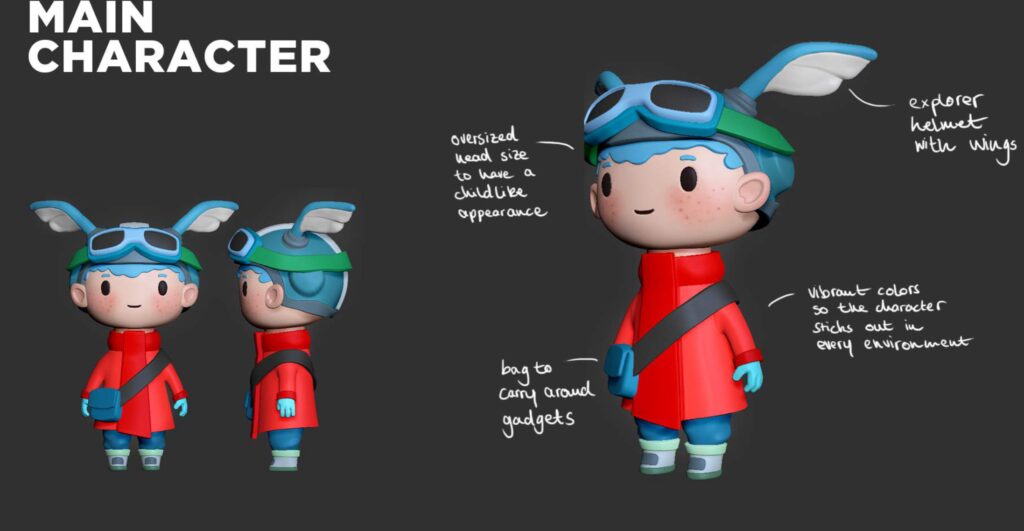Level design is an integral part of creating a successful video game that allows players to fully immerse themselves in the experience. Level designers are responsible for creating geography, enemies, power-ups and the overall feel of the world. Creating a sense of progression and continuity is crucial in keeping players engaged, while also ensuring levels feel like they are part of a larger story. Utilizing the space within levels is a critical component, with level designers working to provide the player with multiple pathways, opportunities for exploration, and creative challenges. Finally, level designers can use their craft to tell stories through environmental designs, objects within the level, or audio/visual cues.
Creating Immersive Game Worlds Through Level Design Principles
Introduction
Level design is an essential component of creating an immersive and engaging game experience. Level designers play a crucial role in creating the world, characters, and stories that make a game enjoyable. They use a variety of principles and techniques to build worlds that are believable, engaging, and fun to explore. In this article, we will explore some of the key principles of level design and how they can be used to create immersive game worlds.
The Basics of Level Design
Level design is the process of creating the individual levels or areas in a game. It involves creating the geography, the space, and the objects within it. A level designer is responsible for designing everything that the player encounters, from the terrain to the enemies to the power-ups.
One of the key principles of level design is creating a sense of progression. Levels should become progressively more complex or challenging as the player progresses through the game. This helps to keep the player engaged and motivated to continue playing.
Another important aspect of level design is creating a sense of continuity. Levels should feel like they are part of a larger world or story. This can be achieved through consistent visual or audio cues and by making sure that each level builds upon the previous one.
Creative Use of Space
The space within a level is a critical element of the player’s experience. Level designers must carefully consider how the player will move through the space, what obstacles or challenges they will encounter, and how they will interact with objects within the space.
One technique that level designers use to create immersive game worlds is by incorporating multiple pathways or routes through a level. This can give the player a sense of agency and control over their experience. It also encourages exploration and can provide opportunities for hidden rewards or secret areas.
Another technique is to create challenges that require the player to interact with the space in creative ways. For example, a level might require the player to jump across platforms or use objects within the space to solve puzzles.
Storytelling through Level Design
Level designers often use their craft to tell stories or convey important information to the player. This can be done through the environment, the objects within the level, or through audio or visual cues.
One way that level designers tell stories is through environmental storytelling. This involves creating a world that is visually rich and tells a story through its design. For example, a level might feature ruins or monuments that hint at a lost civilization or ancient history.
Level designers can also use objects within the level to tell stories or convey information. For example, a level might contain a diary or a letter that gives the player insight into the backstory of a character or world.
Conclusion
Level design is a critical component of creating engaging and immersive game worlds. Level designers must consider a variety of factors, including space, progression, continuity, and storytelling, to create a world that is believable and engaging. By understanding these principles, level designers can create games that are enjoyable, challenging, and memorable for players.
